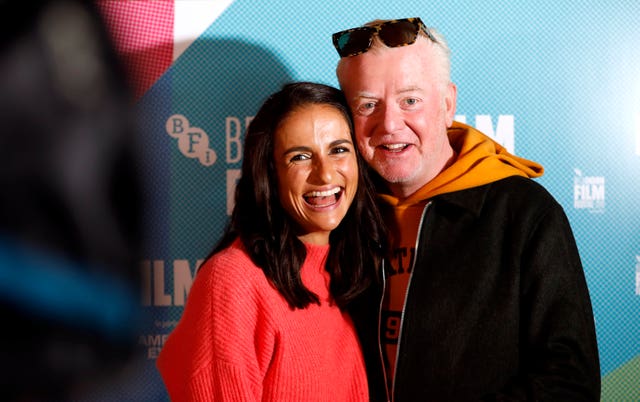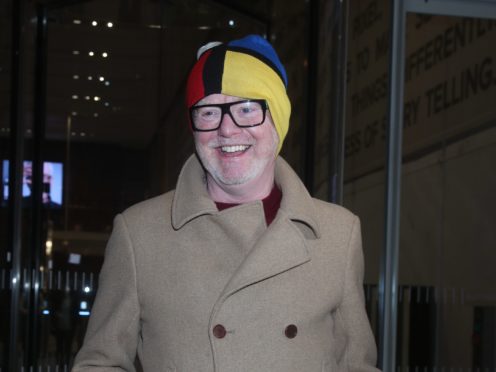Chris Evans has told how a “revolutionary” treatment helped his seven-year-old son with learning difficulties.
The presenter said Eli was diagnosed with “retained reflexes” – a condition where primitive reflexes remain active – after having problems with reading and writing, but that by doing just 10 minutes of exercises twice a day, he is now four stages above his expected reading level.
Speaking during The Chris Evans Virgin Radio Breakfast Show with Sky, Evans said it was “like a miracle”.
He said of Eli: “He loves school. He loves life. He really loves life. He’s a really bright kid.
“But he couldn’t read and he couldn’t write. And he is seven, you know, and at the start of this year, his new year at school, he couldn’t really read and he couldn’t really write.”
“But he’s creative, such genius,” he added.
“The kid is obviously a genius. You know, he’s a shining star in our world. So was he dyslexic? How was he with his maths? Not very good.”

The DJ said his wife, Natasha Shishmanian, discovered a clinic that focused “on a link between all these learning issues and potential issues of communication or spacial awareness”.
He went on: “And they’re all linked to something called retained reflexes. And retained reflexes is a phenomenon that means that we’re all born with these reflexes that are designed to keep us alive in the first few months and the first year and maybe second year of our lives. And there are about 19 of them.
“They are they are sort of superpowers in our first year or couple of years of our lives. But when we no longer need them, they’re supposed to leave us.
“But if they don’t leave us, they can cause massive issues.”
He said: “Key neuro movement therapy uses simple, precise exercises to inhibit the primitive reflexes, overcoming blockages, creating new neural pathways in the brain by maturing the nervous system and changes the neuroplasticity of our brain.
“And, of course, the longer these reflexes remain locked, the more hard-wired our neuroplasticity becomes and the more it becomes an accepted a normal state when it really, really isn’t.
“And this is revolutionary.”
Evans said it was miraculous how far Eli had come after starting the exercises.
He and his wife went into the school this week and were told that, a year after starting, Eli had “gone from not being able to read to four stages above his expected reading level for his age” and doing joined-up writing.
Evans said he and his 11-year-old son, Noah, had since discovered they also had retained reflexes.
He continued: “But the point is, Eli, you know, he’s not sorted, but he’s getting sorted.
“I mean, it’s like a miracle. It’s like a blooming miracle. It’s unbelievable.”
